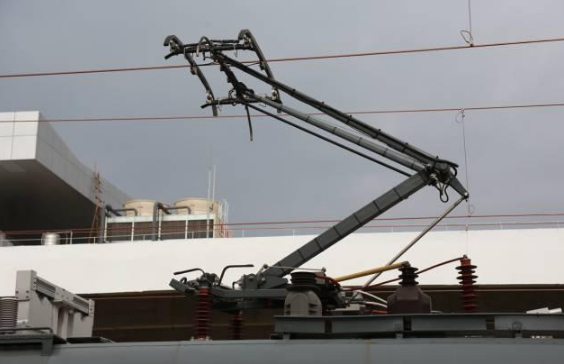
Menu
High-speed rail
From the point of circuit, high-speed rail adopts AT (autotransformer) power supply mode. The operation of high-speed rail relies on the traction power supply system to provide power to high-speed trains, and traction power supply is the primary load of the power system.
